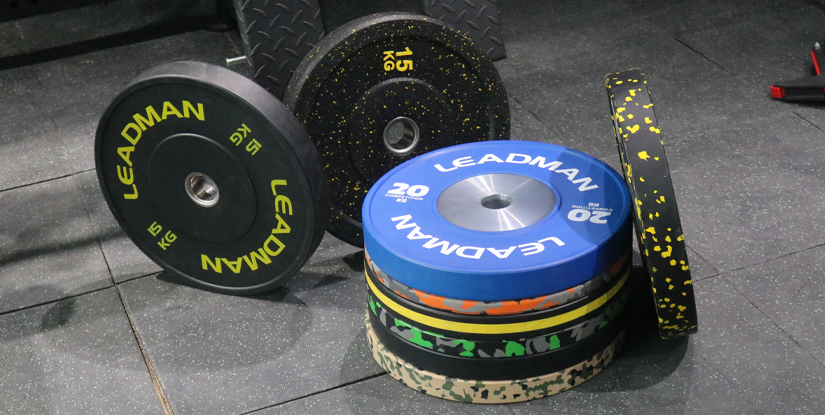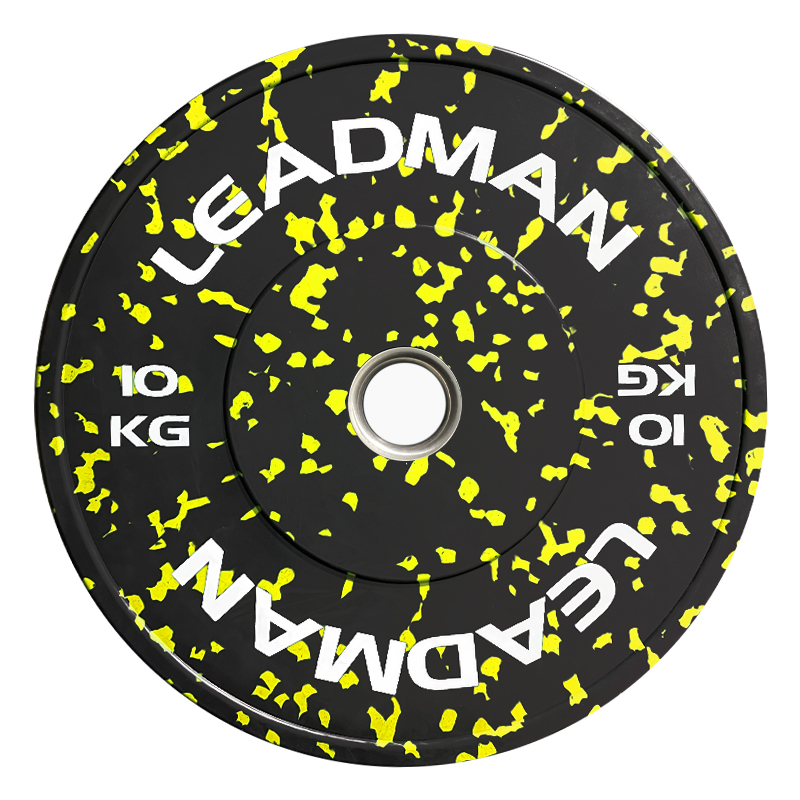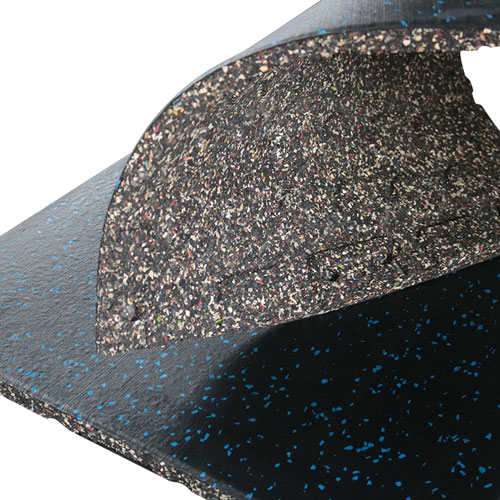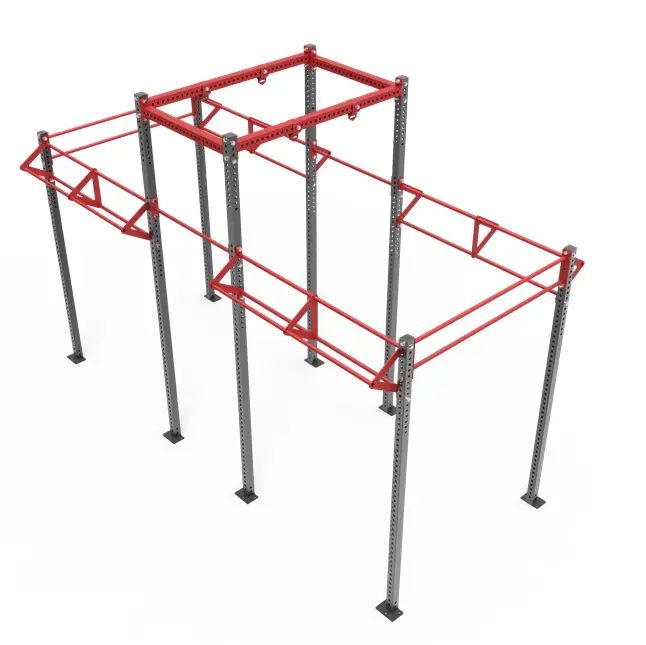Avoiding Mistakes in Weight Plate Training

Weight plates offer incredible training versatility, but improper use can lead to injuries or stalled progress. Whether you're using bumper plates for dynamic movements or iron plates for strength work, understanding these common mistakes will help you maximize results while minimizing risk.
Technical Errors and Corrections
1. Improper Grip Techniques
Mistake: Using the same grip for all plate exercises
Solution: Match grip to movement:
• Pinch grip for carries
• Hub grip for rotations
• Edge grip for presses
2. Momentum Overload
Mistake: Swinging plates uncontrollably
Solution: Maintain tension throughout full range, especially with bumper plates
3. Range of Motion Neglect
Mistake: Partial reps on rotational moves
Solution: Complete full rotations while maintaining core stability
Programming Pitfalls
1. Overestimating Capacity
Mistake: Using Olympic-sized plates for endurance sets
Solution: Scale appropriately with smaller plates
2. Movement Pattern Imbalance
Mistake: Focusing only on presses/pulls
Solution: Include all 5 primary movement patterns
3. Recovery Neglect
Mistake: Daily grip-intensive plate work
Solution: Limit intense grip sessions to 2-3x/week
FAQ About Weight Plate Training Mistakes
How do I know if a plate is too heavy for functional exercises?
Test with 8-10 controlled reps - if form breaks down by rep 5, reduce weight. For rotational moves, start with 5-10kg plates regardless of strength level.
What's the safest way to drop bumper plates?
From standing position, maintain slight knee bend and drop vertically (not angled) to avoid unpredictable bounces. Always check flooring conditions first.
Can plate training cause joint issues?
Potential issues arise from: • Excessive eccentric loading • Poor wrist alignment during rotations • Overuse of unilateral loading Program deload weeks every 4-6 weeks.
How often should I inspect my plates?
Monthly for: • Loose inserts in bumper plates• Rust on iron plates • Cracked edges • Worn center holes
Equipment-Specific Considerations
1. Bumper Plate Mistakes
• Using for static holds (they're designed for dynamic movements) • Dropping from excessive heights • Storing vertically (can warp over time)
2. Iron Plate Errors
• Using for explosive movements • Neglecting grip chalk • Stacking unevenly during carries
3. Specialty Plate Misuses
• Using competition plates for everyday training • Misapplying grip plates • Overusing change plates beyond their purpose
Progressive Overload Done Right
Avoid these programming errors:
1. Weight Jumps Too Large
Better Approach: Use 1.25-2.5kg increments with microplates
2. Neglecting Time Variables
Better Approach: Progress via: • Time under tension • Eccentric control • Static hold duration
3. Overlooking Grip Development
Better Approach: Dedicated grip work 2x/week with varied holds
Need Help Selecting the Right Plates for Your Training?
Choosing properly sized, well-constructed weight plates prevents many common training mistakes before they happen.
Explore Leadman Fitness's range of precision-engineered weight plates designed for safety and performance. Contact our team for personalized recommendations.
Safety First: Critical Precautions
1. Environment Setup
• Clear 2m radius for dynamic moves • Use appropriate flooring • Secure nearby equipment
2. Spotter Protocols
• Required for overhead movements >50% 1RM • Two spotters for unilateral loading • Clear communication signals
3. Equipment Inspection
Daily checks for: • Loose plate inserts • Damaged edges • Smooth center holes
Final Thoughts: Smart Plate Training
Weight plates - whether rubber-coated or traditional iron - remain among the most versatile tools in strength training when used properly. By avoiding these common mistakes and implementing the corrections provided, you'll create safer, more effective programming that delivers consistent results. Remember: quality equipment paired with intelligent programming creates the foundation for long-term success.





